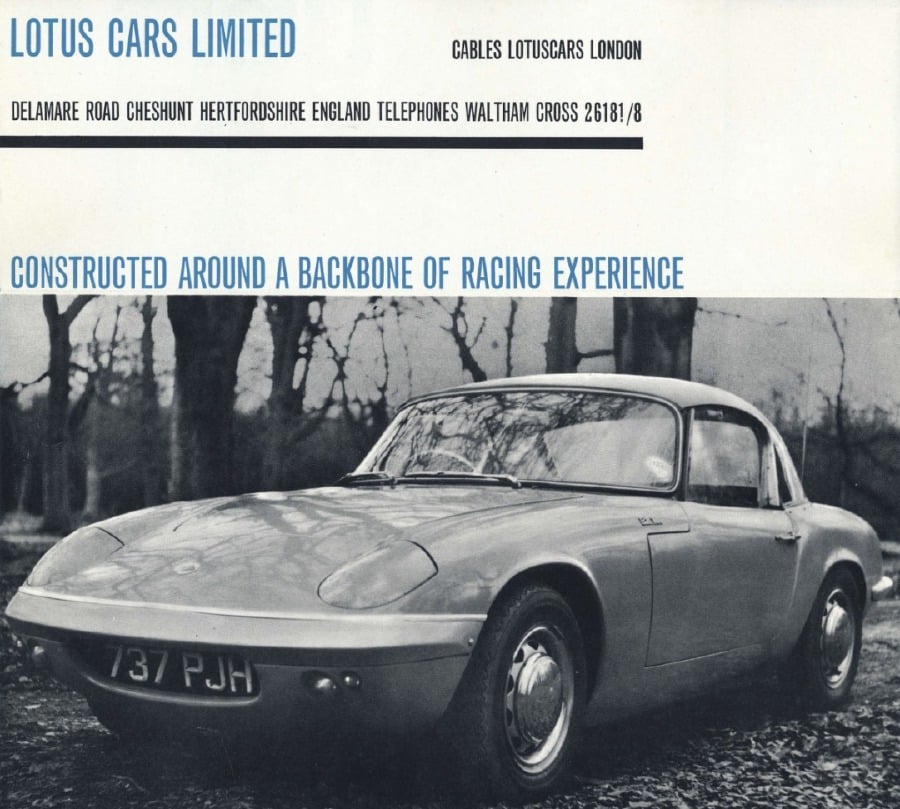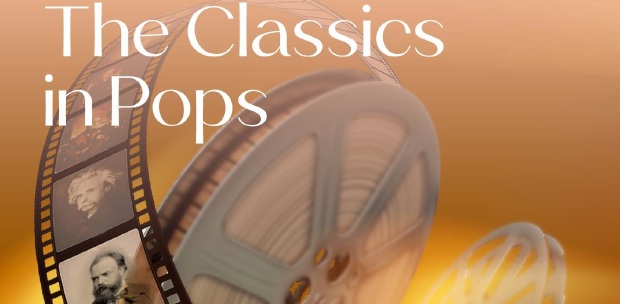Do you know about the lucky man who made the grade? He was in the news.
Apparently, people just stood around after it happened, but they thought that this man had a rather familiar face.
They weren’t sure, though, whether he was someone famous or a member of the House of Lords.
Although the crowd couldn’t quite place the face, John, who told the story and made it famous, knew who the man was — it was his friend.
John never mentioned what car his friend was driving when he didn’t notice the light changing, but it seemed that everyone who saw it happened knew for sure.
John had an interesting way of describing his friend and the incident; John said he blew his mind out in a car. He wasn’t referring only to head injuries, I don’t think.
They were mind exploration buddies and this chap had been responsible for initiating John’s friend, Paul, into the experience. And that kind of explains John’s interesting turn of phrase.
John was rather sad that after his friend’s car crash, there was a custody battle for his two children, and that was probably why he wrote the song.
By now, I’m quite sure that if you are a fan of one of the biggest bands in the 1960s and early 1970s, and you are familiar with one of their most iconic albums, then you would also spot that this story is from a song that has one of the most mundane titles.
Music historians say that the first two verses of this song is about Tara Browne, heir of the Guinness empire, who lost his life in a car accident. Although he was one of the richest persons in Britain, the car was an everyman’s sports car, the Lotus Elan.
This story is kind of a fitting backdrop for the Elan, which is really a state-of-the art light sports car, produced by one of the most brilliant minds in automotive design, Colin Chapman.
All the hard work designing the car went towards making it as driver-friendly as possible, and it also made the car simple to build and was affordable to boot.
Up to that point, Lotus offered their cars as either completely built units or as shed projects. This is due to the fact that nearly every grown man in Britain has a shed and dreams of building something in it.
In fact, before his elevation to the Automotive House of Lords, Chapman himself was once just an ordinary man with a shed.
The Elan was built of a steel backbone chassis. Since Lotus had grown from a backyard shed to a slightly bigger shed in Hethel, they still employed shed-based car-building technology when it comes to the bodywork, that is to say, they used moulded fibreglass.
Chapman’s genius with the Elan was his ability to keep a tight lid on cost while coming up with a cutting-edge design and engineering solutions.
The lightweight sports car initially came with a Twin Cam 1500cc engine, four-wheel disc brake, quick rack and pinion steering. It had wonderful balance and perfect steering, and that’s not just me talking.
Fellow Auto Lord and legendary designer of the McLaren F1 hypercar Gordon Murray said that his biggest regret when it came to otherwise superlative automobile was that he could not give it the Elan’s perfect steering. High praise indeed.
Everyone knows Chapman’s love for adding lightness to his design and the Elan was certainly a lightweight car, tipping the scale at a decidedly anaemic 860kg, a mere 45kg more than the original MINI.
This made the Elan the perfect car for track days, even though this is the first car Lotus designed without any track intent — it was to be a car for touring.
In fact, Lotus resisted calls for making it more suitable for track use for quite some time before realising the futility of its own resistance.
The Elan is not just a sports car of the highest pedigree, but it is also proof that making a fun-to-drive car does not have to include making it really expensive.
The Elan shows that every car company, if they want to be remembered kindly, should avail themselves to making a sports car for the everyman.
Mazda is still enjoying the goodwill that their sports cars built up among enthusiasts, but mostly people remember them for making the Miata, a car so simple it was a wonder no other car company has copied it.
The fact that no other car company has built a similar product is an indication that we, as a species, have yet to evolve beyond our love of a fat bank balance.
Of course, money is not everything. We should also keep a positive balance by having love, enjoyment, happiness and good health, as well as having a nice, lightweight sports car that delivers on all counts.
This is why, instead of just giving away our hard-earned taxes to just any car that is a fuel miser, we should give the biggest tax rebates to small fun cars.
Frugal sports cars deserve tax credits because it is not just a way of getting to the office, it is also a medical device that improves the mood. Plus, because a good sports car always listens to the driver, it also saves money on therapists.
Rich people buy sports cars not to drive fast, but because it makes them happier and they know that a happy worker is a productive worker.
We should make this available to everyone as a way of improving the economic and mental health performance of the country.
We mighty have less-than-desirable politicians, but at least we have a fun sports car to help us forget about them for a few hours every day.
On that fateful Sunday morning on Dec 18, 1966, Mr Browne’s mind was probably so blown by the Elan that he forgot there were other people on the road.
Okay, so there is a real danger of overdose when it comes to sports cars and that can lead to isolated incidents of loss of control.
I think we are all in general agreement that, when all factors are considered, with sympathetic treatment applied of the positive attributes, sports cars are good for us.
Now, try to remember what I’ve just told you, stay focused and just calmly explain to your wife why a sports car is a health necessity.
See you at the showroom.
By the way, in case it wasn’t absolutely crystal clear, when I said Elan, I meant the 1960s car, not the ones they built in the 1990s. That’s just three shades away from shameful. A car so bad they tried selling it to the Koreans and even the Koreans gave up on it.





